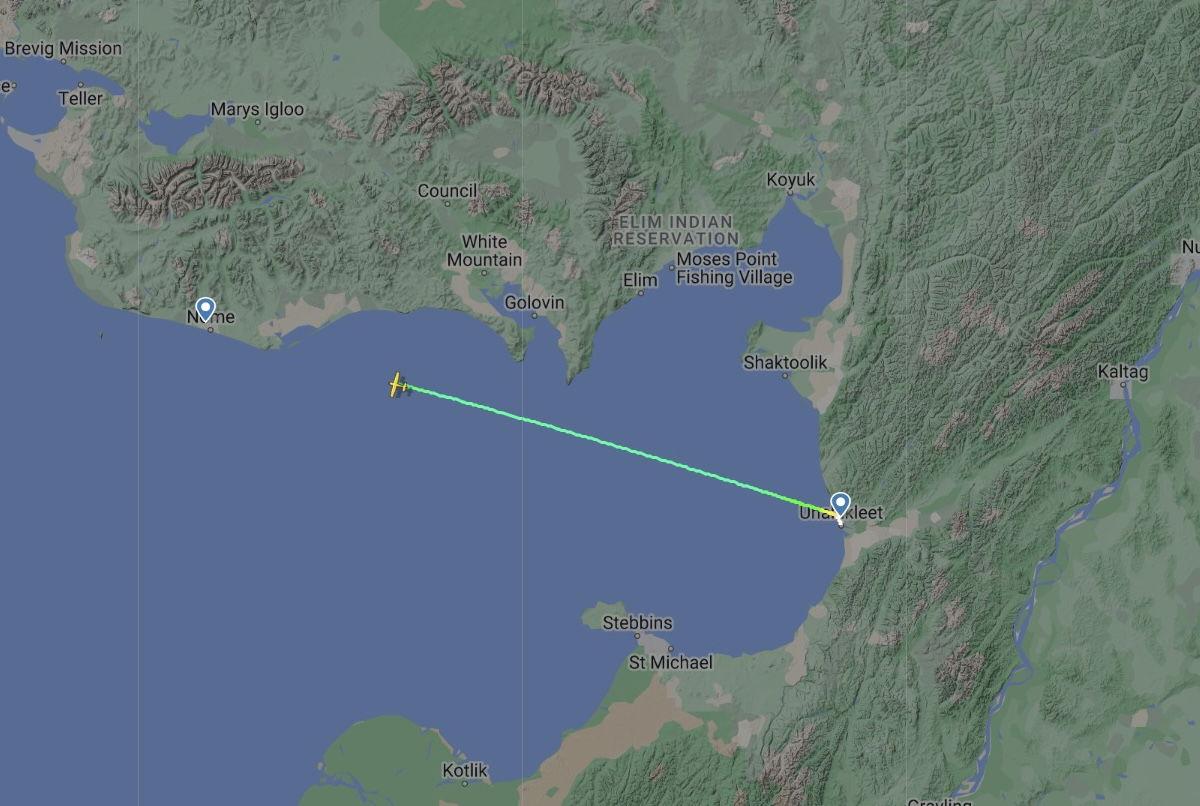Space Junk Could Re-Enter the Atmosphere in Busy Flight Areas
In the more than 60 years since the Space Age began, humans have sent more than 6,740 rockets to space. According to the ESA’s Space Debris Office, this has resulted in 56,450 objects in orbit; about 36,860 of these objects are regularly tracked and maintained in a catalog, while 10,200 are still functioning. The rest … Continue reading "Space Junk Could Re-Enter the Atmosphere in Busy Flight Areas" The post Space Junk Could Re-Enter the Atmosphere in Busy Flight Areas appeared first on Universe Today.

In the more than 60 years since the Space Age began, humans have sent more than 6,740 rockets to space. According to the ESA’s Space Debris Office, this has resulted in 56,450 objects in orbit; about 36,860 of these objects are regularly tracked and maintained in a catalog, while 10,200 are still functioning. The rest is a combination of spent rocket stages, defunct satellites, and pieces of debris caused by unused propellant exploding and orbital collisions. This is leading to a cascade effect known as Kessler Syndrome, where the amount of debris in orbit will lead to more collisions and more debris.
What’s worse, the situation is only projected to get worse since more launches are expected with every passing year. Last year, space agencies and commercial space companies conducted a record-breaking 263 launches, with the U.S. (158) and China (68) leading the way. And with future break-ups occurring at historic rates of 10 to 11 per year, the number of debris objects in orbit will continue to increase. According to a new study by a team from the University of British Columbia (UBC), this also means that debris falling to Earth will have a 1 in 4 chance per year of entering busy airspace.
Ewan Wright, a doctoral student in UBC’s Interdisciplinary Studies Graduate Program, led the research. He was joined by Associate Professor Aaron Boley of the UBC Department of Physics and Astronomy and the co-director of The Outer Space Institute (OSI) at UBC, and Professor Michael Byers, the Canada Research Chair in Global Politics and International Law at the UBC Department of Political Science. The paper detailing their findings, “Airspace closures due to reentering space objects,” recently appeared in Scientific Reports, a journal maintained by Nature Publishing.

Traditionally, the discussion of space junk and the Kessler Syndrome has focused on how debris in orbit will pose a hazard for future satellites, payloads, and current and future space stations. In 2030, NASA and its many partnered space agencies plan to decommission the International Space Station (ISS) after thirty years of continuous service. However, this situation will also mean that more debris will be deorbiting regularly, not all of which will completely burn up in Earth’s atmosphere.
While the chance of debris hitting an aircraft is very low (one in 430,000, according to their paper), the UBC team’s research highlights the potential for disruption to commercial air flights and the additional costs it will lead to. The situation of more launches and more hazards is illustrated perfectly by the “rapid unscheduled disassembly” (RUD) of the Starship on January 16th, during its seventh orbital flight test. The explosion, which happened shortly after the prototype reentered Earth’s atmosphere, caused debris to rain down on the residents of the Turks and Caicos. Said Wright in a UBC News release:
“The recent explosion of a SpaceX Starship shortly after launch demonstrated the challenges of having to suddenly close airspace. The authorities set up a ‘keep out’ zone for aircraft, many of which had to turn around or divert their flight path. And this was a situation where we had good information about where the rocket debris was likely to come down, which is not the case for uncontrolled debris re-entering the atmosphere from orbit.”
A similar situation happened in 2022 when the spent stages of a Chinese Long March 5B (CZ-5B) weighing about 20 metric tons (22 U.S. tons) prompted Spanish and French aviation authorities to close parts of their airspace. If spent stages and other payloads have a low enough orbit, they can reenter Earth’s orbit uncontrolled, and large portions may make it to the ground. In addition to the record number of launches last year, there were also 120 uncontrolled rocket debris re-entries while more than 2,300 spent rocket stages are still in orbit.

Credit: Marcus Haworth/Reuters
According to the International Air Transport Association, passenger numbers are expected to increase by almost 7% this year. With rocket launches and commercial flights increasing at their current rate, Wright and his colleagues say that action must be taken to mitigate the potential risks. As part of their study, the team selected the busiest day and location for air traffic in 2023, which was in the skies above Denver, Colorado – with one aircraft for every 18 square km (~7 mi2). They then paired this to the probability of spent rock stages reentering Earth’s atmosphere (based on a decade of data) above the flights.
With this as their peak, they calculated the probability of rocket debris reentering the atmosphere over different air traffic density thresholds. Their results showed that for regions experiencing 10% peak air traffic density or higher, there was a 26% chance of deorbited rocket debris entering that airspace. “Notably, the airspace over southern Europe that was closed in 2022 is only five percent of the peak,” said Wright. “Around the world, there is a 75-per-cent chance of a re-entry in such regions each year.”
At present, whenever orbital debris reenters the atmosphere around busy airspace, aviation authorities will respond by diverting flight paths, closing airspace, or taking the risk of allowing flights to continue. “But why should authorities have to make these decisions in the first place? Uncontrolled rocket body re-entries are a design choice, not a necessity,” said Dr. Boley. “The space industry is effectively exporting its risk to airlines and passengers.”
One possibility is to design rocket stages to reenter the atmosphere in a controlled way so they can crash into the ocean far away from busy air traffic lanes. However, this solution requires collective international action. “Countries and companies that launch satellites won’t spend the money to improve their rocket designs unless all of them are required to do so,” said Dr. Byers. “So, we need governments to come together and adopt some new standards here.”
Further Reading: UBC, Scientific Reports
The post Space Junk Could Re-Enter the Atmosphere in Busy Flight Areas appeared first on Universe Today.














































































